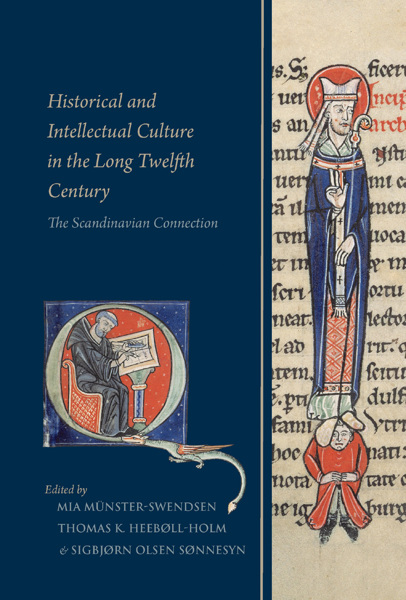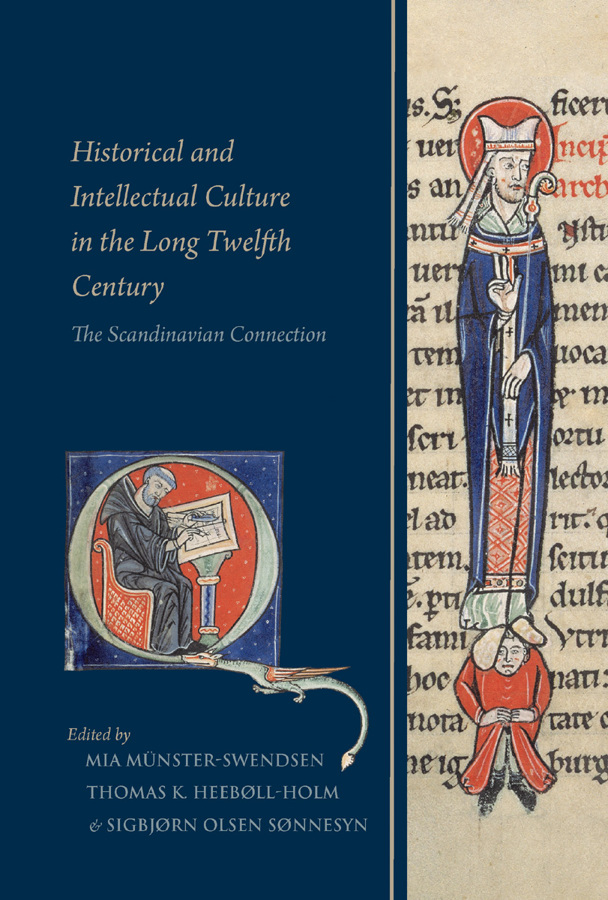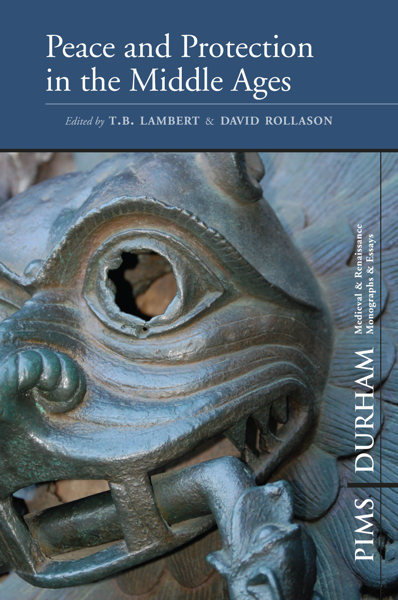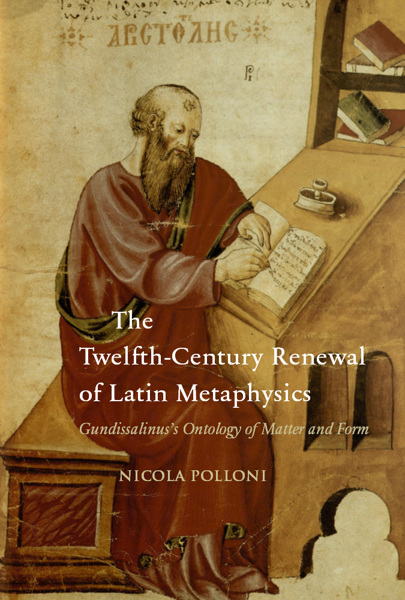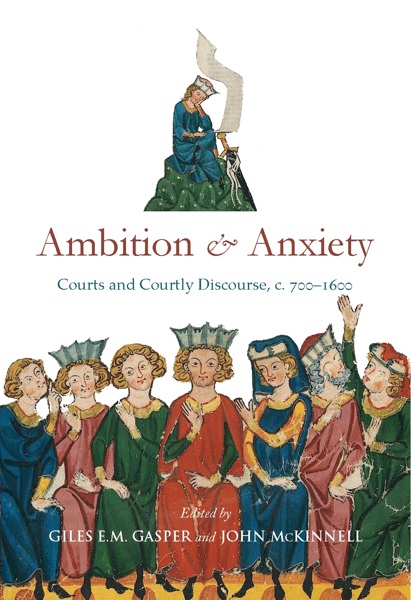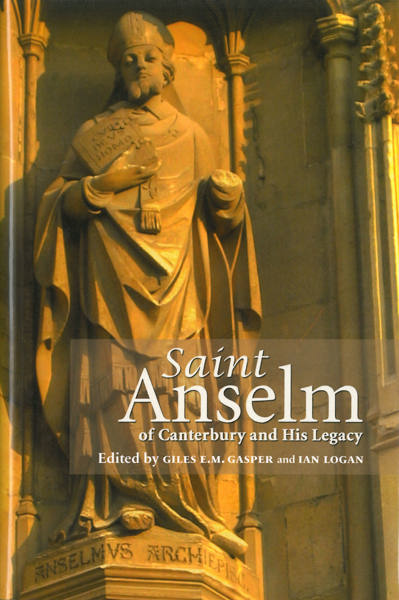
Historical and Intellectual Culture in the Long Twelfth Century
The Scandinavian Connection
Mia Münster-Swendsen, Thomas K. Heebøll-Holm, Sigbjørn Olsen Sønnesyn
- Pages: 321 p.
- Size:150 x 230 mm
- Language(s):English
- Publication Year:2017
- € 100,00 EXCL. VAT RETAIL PRICE
- ISBN: 978-0-88844-864-4
- Hardback
- Available
“It cannot be emphasised enough that the three editors have done an exceptional stellar job in bringing together such a wide range of scholarly approaches and perspectives on Europe's important "Scandinavian connection[s]" during the central Middle Ages (…) By successfully catering to a long-standing desideratum, Münster-Swendsen, Heebøll-Holm and Sønnesyn have produced an elegant and accessible book that pays fitting tribute to one of Denmark's (and indeed Europe's) finest medievalists.” (Benjamin Pohl, in The Medieval Review, 180909)
In the wake of religious conversion and the establishment of more stable political systems, the outskirts of Latin Christendom produced historical narratives providing their present identities with a foundational past. The essays gathered here all seek to illuminate the emergence of a written historical culture in Denmark from the early twelfth century onwards by situating this historical culture in a wider geographical, chronological, and cultural context.
The period from c.1050 to 1225 saw the emergence of historical narratives about Danish affairs, a development mirroring both the rapid growth of historical writing in the Latin West in this period and the consolidation of Denmark as a Christian kingdom on the model of the great western monarchies. This volume as a whole aims to gain insight into Danish historical narratives written in Latin in the long twelfth century, both by drawing on the theoretical and methodological advances gained through increasing general scholarly interest in medieval historiography over the last decades, and by placing these texts in a larger cultural and intellectual context through comparisons with historical narratives from other areas, particularly England, France, and Germany. The sixteen essays combined in this volume thus range from detailed formal analyses to comparative studies of wider trends in the historiographical developments of the high Middle Ages.
